The OnePlus One Review
by Joshua Ho on November 19, 2014 8:00 AM EST- Posted in
- Smartphones
- Android
- Mobile
- OnePlus
Software
While software tends to be a bit of a side note in reviews, it really is a crucial part of the experience. Without a good UI, the entire experience can be ruined as a result of these issues. This leads us to CM11S, the first official UI released by Cyanogen. For the most part, this UI really is just a lightly re-touched version of what we see in Nexus devices, but with a large number of extra features. For example, we see a revamp of the quick settings menu, with horizontal quick settings in the notification drawer along with a large number of available quick settings tiles in the quick settings menu.
Of course, CM11S goes much deeper. There really is an immense amount of customization available to the end user, from a custom boot animation to new icons, fonts, wallpapers, sounds, and overall system UI themes. While Holo is the official AOSP UI, CM11S ships with Hexo which is largely similar to Holo, but with a strong emphasis on hexagons throughout the UI. Many of the modifications that one might be used to from a custom ROM are present here, such as the ability to dynamically change the battery icon in the status bar, the way that the clock is displayed, reception representation, gestures to turn on the flashlight or the display, re-mapping the rather dim capacitive buttons, enabling or disabling on screen buttons, permissions management, changing the size of a pattern unlock, changing the lock screen altogether, and similar customizations.
While one can spend their time defending choice for the sake of choice, I definitely question the value of all of these additions. While some will value the ability to deeply customize their OS, for anyone that is even remotely unfamiliar with the idiosyncrasies of CyanogenMod and Cyanogen they will find their experience to be deeply frustrating. While I've already detailed some of the usability issues present in the camera application, many of these features fundamentally don't make sense. The notification drawer's "quick access ribbon" out of the box is simply a row of icons that can have very little meaning at times. While one can guess that an airplane is for airplane mode and a flashlight is for the torch, a circular arrow is utterly ambiguous in nature. Given the quick access nature of this menu, one might guess that this is a rotation lock toggle but for one reason or another it's actually the auto-sync toggle.
These issues extend to the point of being outright frustrating for average users. While one might guess that setting up lockscreen protection through the security menu as with almost every other UI, CM11S places it in the lockscreen menu which definitely can make for some level of difficulty in adapting from other devices. Something as simple as the pattern lock becomes complicated as one is given an almost ridiculous amount of choice from a 3x3 to 6x6 pattern. While a 4x4 or 3x3 pattern makes sense, 5x5 or 6x6 is almost guaranteed to be wholly unnecessary for an OS that's supposed to target a large number of users that may or may not be accustomed to the Cyanogen UI experience.
Finally, it's hard to argue for extensive customization of most visual aspects, as it's really far too easy for themes to rapidly diverge from meshing with Google design lines quite rapidly. While I'm sure that there are people out there that will like whatever themes are available using the CM11 theme engine, it's really hard to argue that this is a good thing for cohesive experience. The sheer number of issues with the camera alone is enough to question whether this level of customization is worth dealing with the likelihood of buggy releases.
While there are a lot of issues with Cyanogen's approach of throwing every possible option to the user, to their credit a great deal of the experience does come out quite enjoyable once one has spent enough time actually figuring out what each option does. For example, while on most phones it's pretty easy to fill the status bar with an NFC indicator, WiFi, cellular reception icons, battery icons, battery percentage text, and the time, this can be avoided on the OnePlus One. Various elements can be removed if desired, and things like the privacy guard application allow for a great deal of fine-tuning to ensure that applications don't have more permissions than necessary, although this could cause unintended behavior in an application. In addition, the overall experience has been consistently smooth and performant, with no real lag. The real issue here is that CM11S has taken the kitchen-sink approach to UI design, to the detriment of the user.


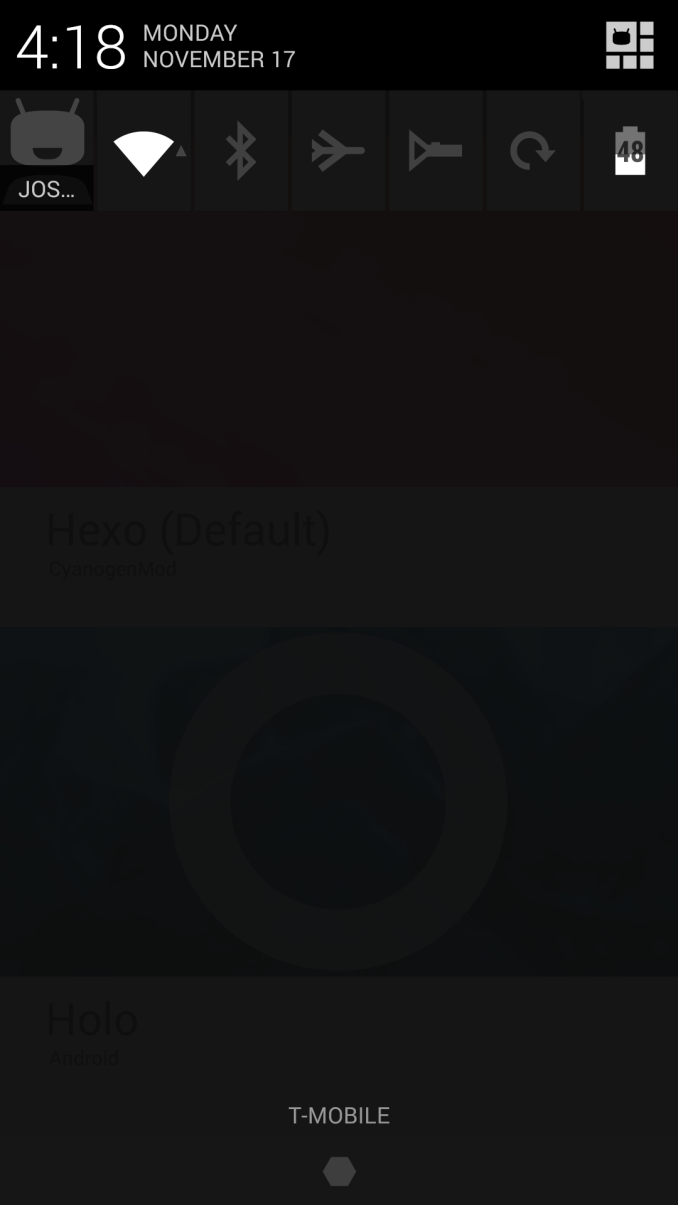

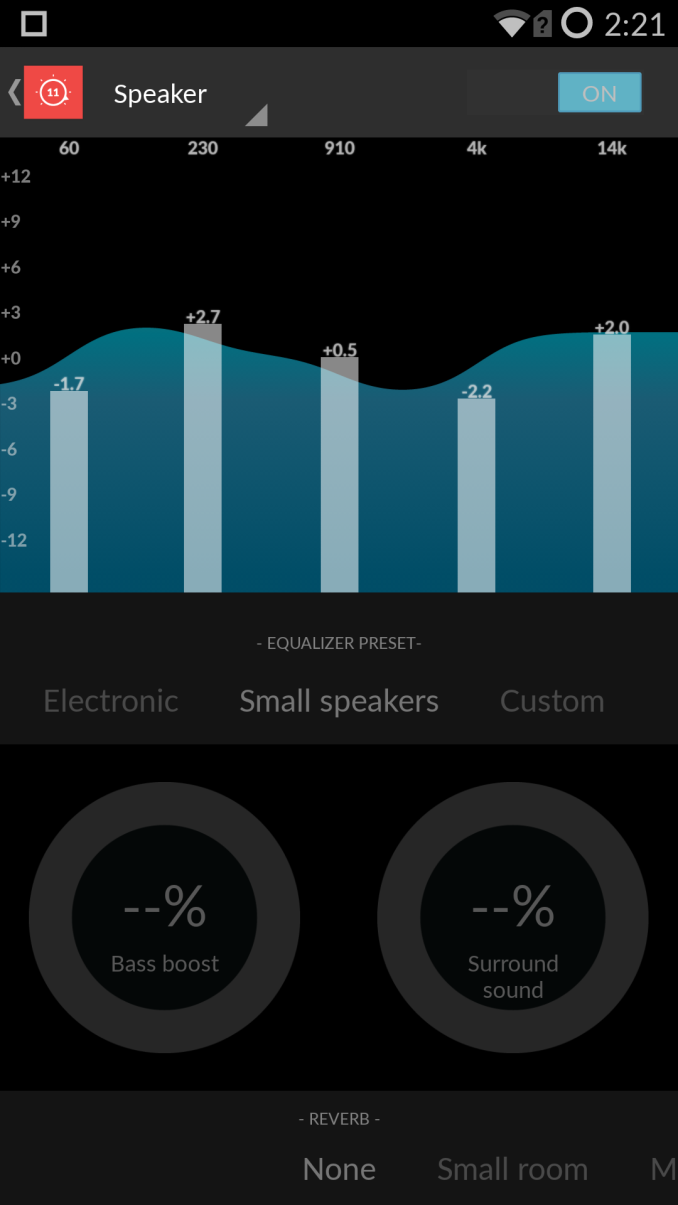
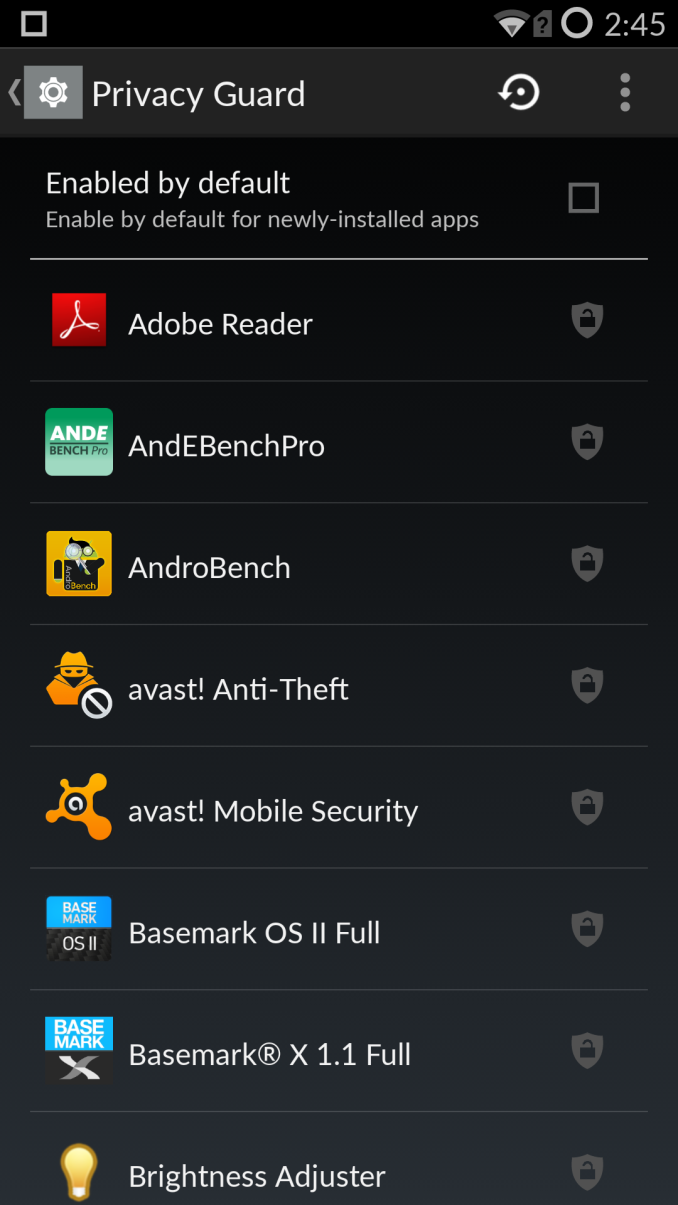
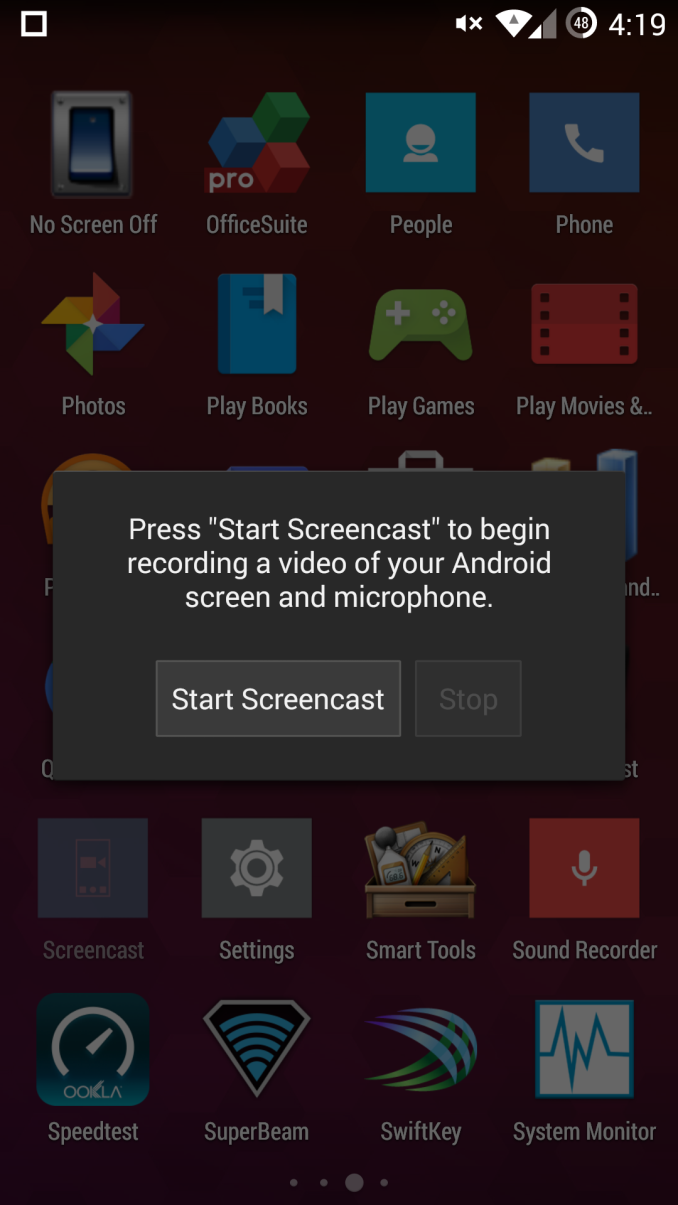
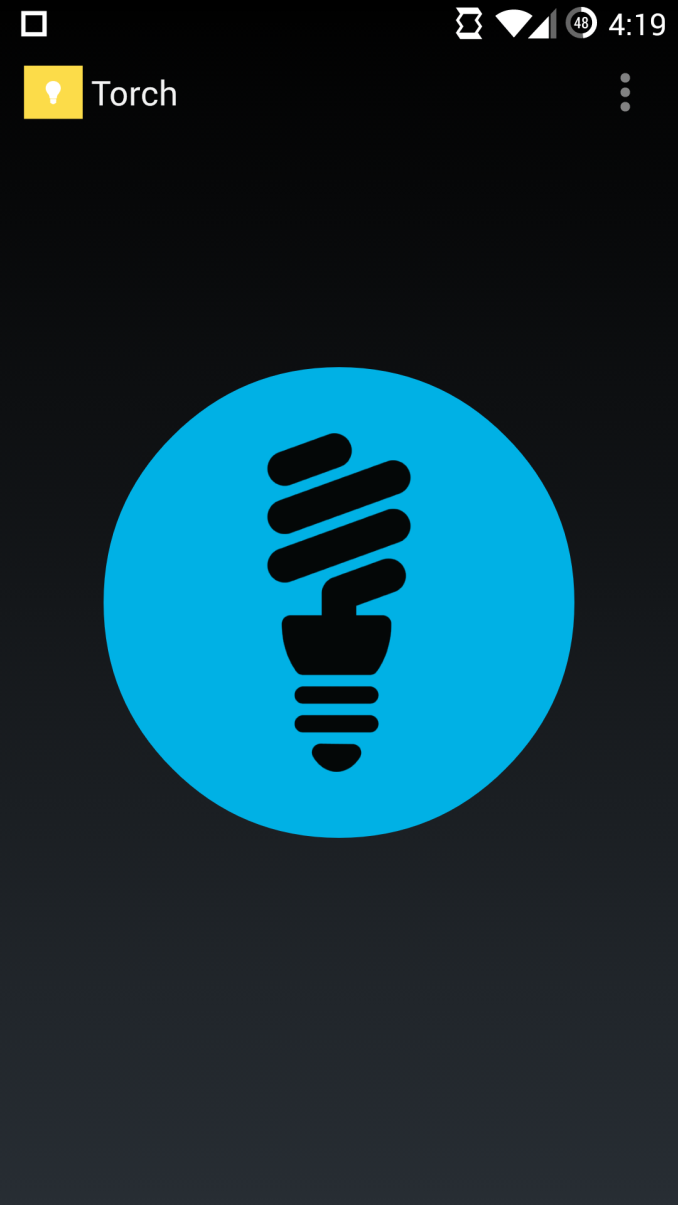
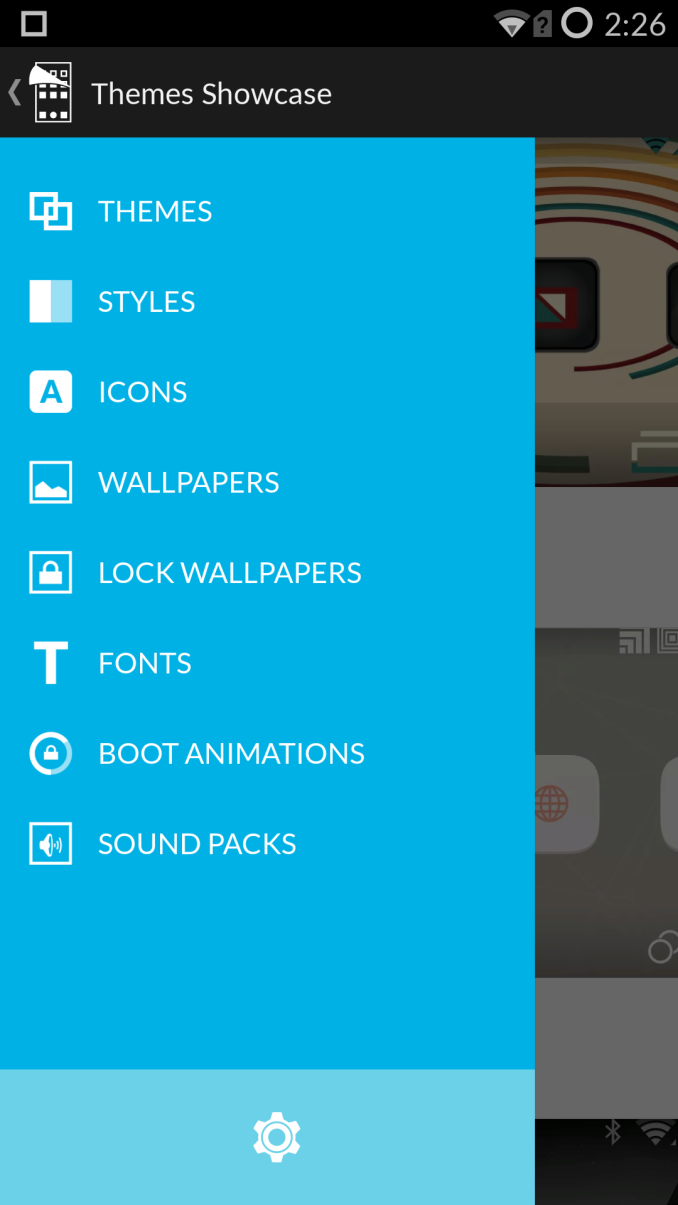
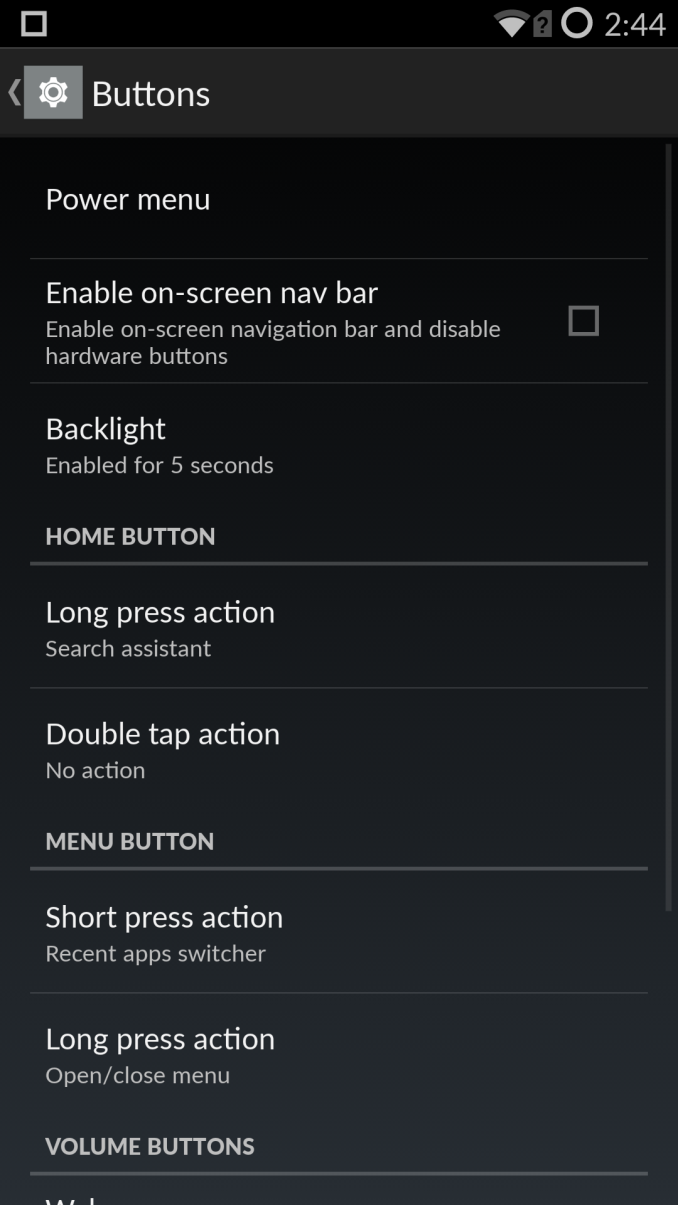
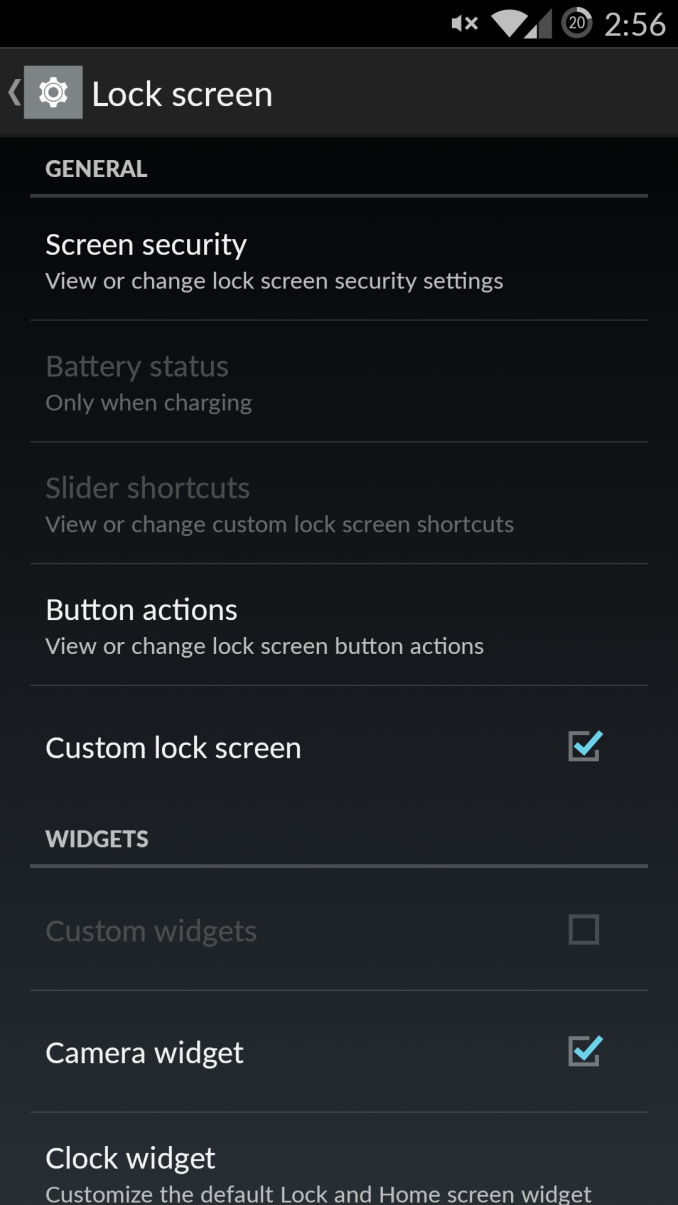
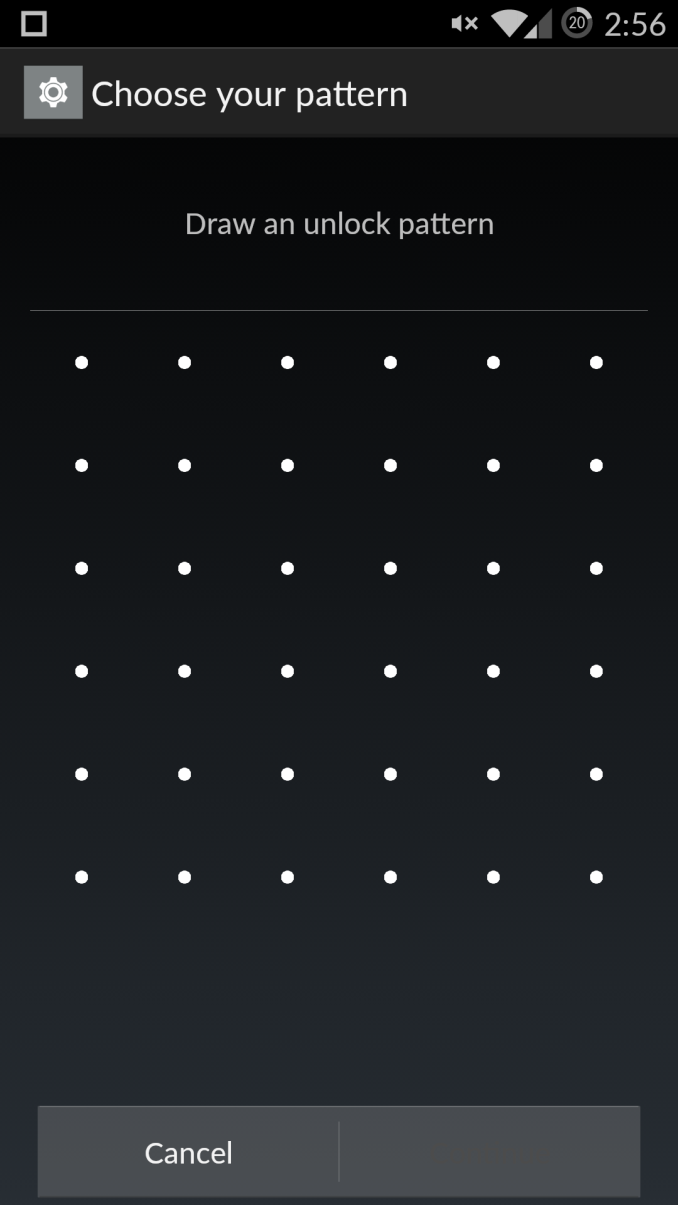
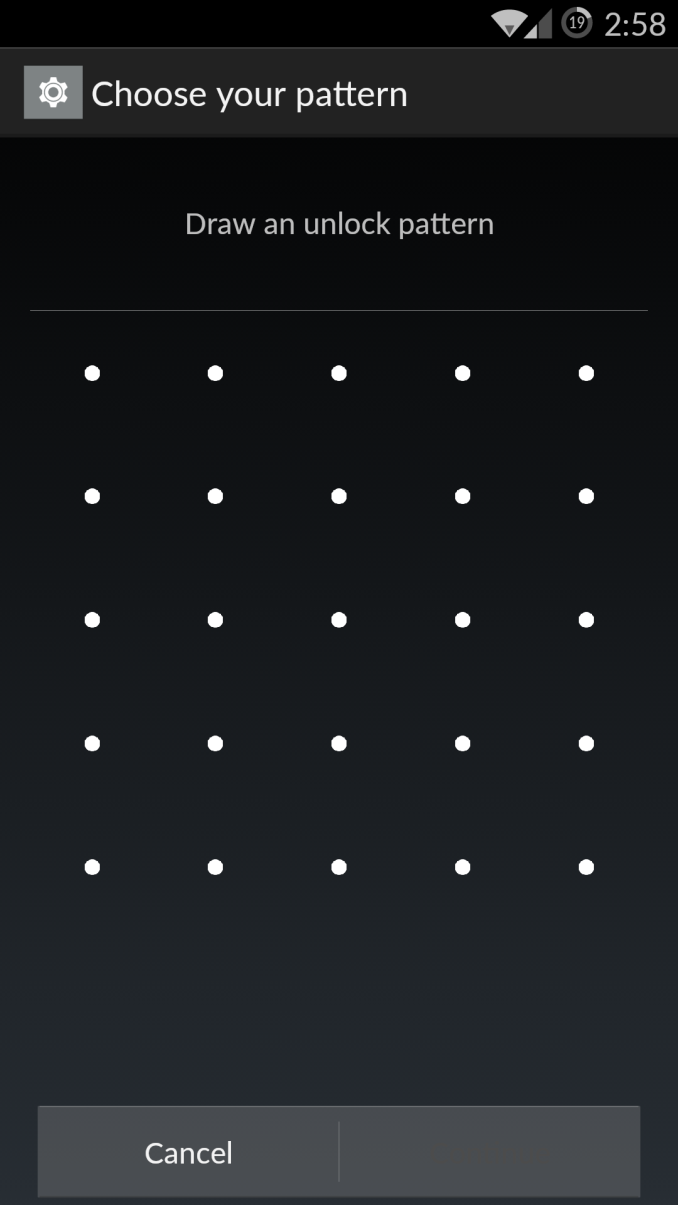
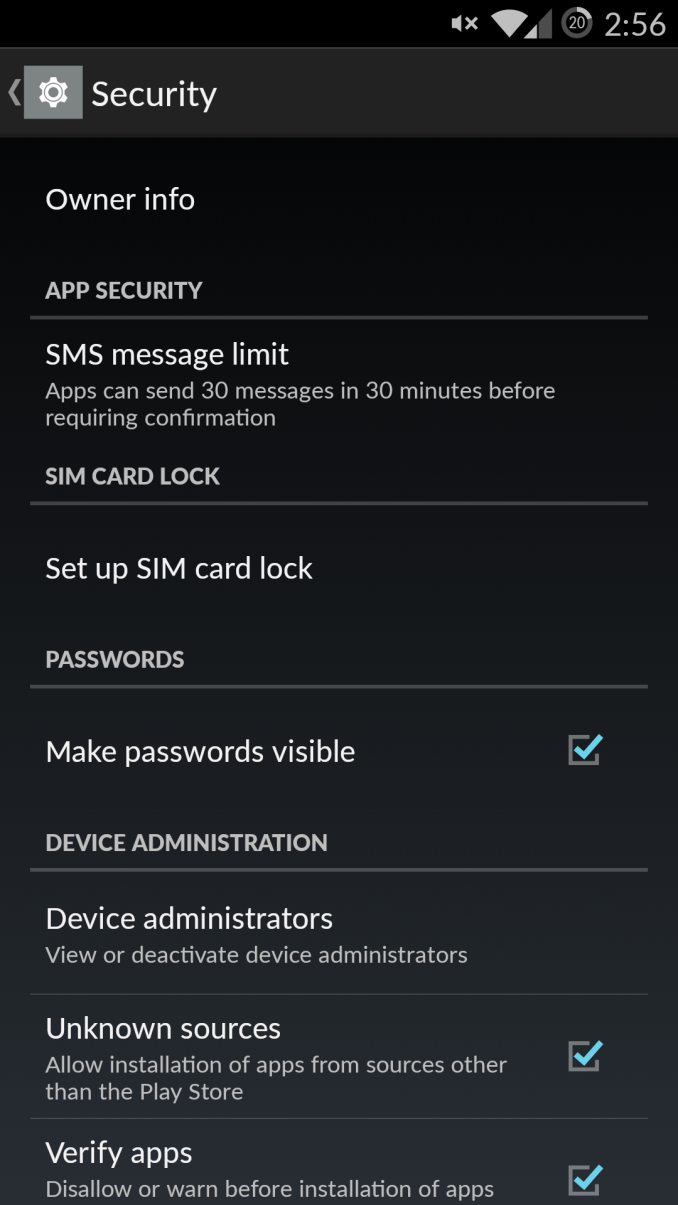
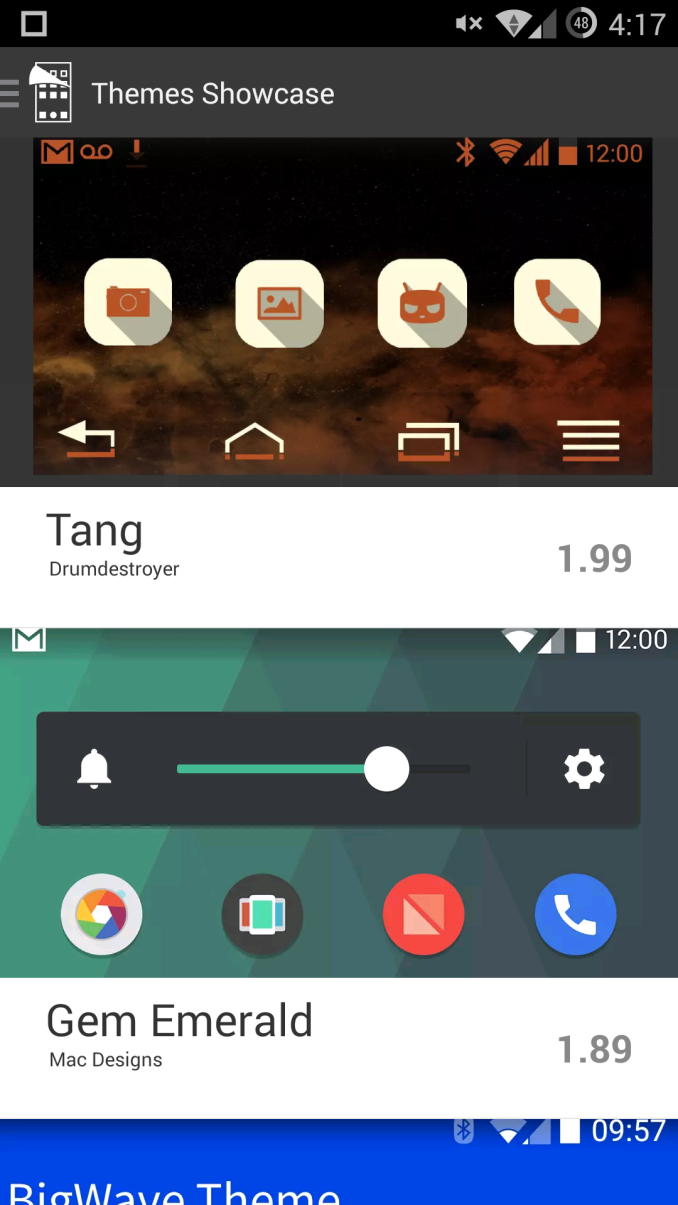
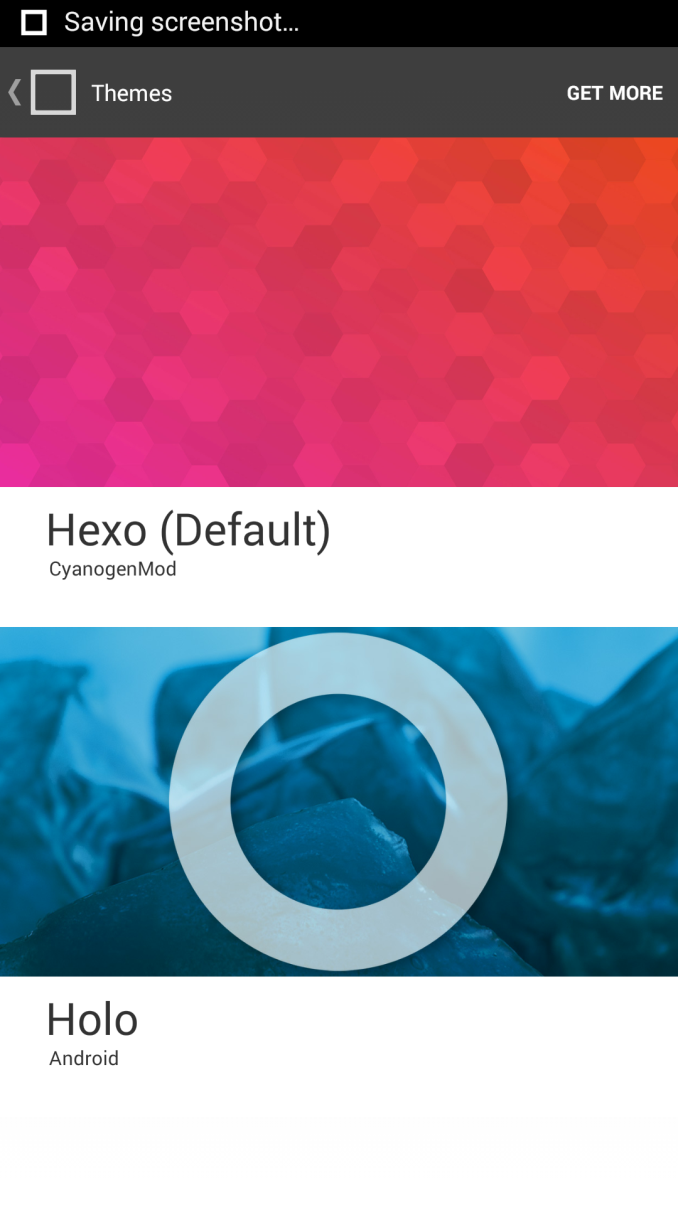








148 Comments
View All Comments
melgross - Wednesday, November 19, 2014 - link
I know this may seem to be a very minor issue and nitpicking, but I would just like to comment that the thinness of the oleophobic coating, if there is one, would have no effect on the feel of the screen. You interact with the surface of the coating, not the thickness. It might lead to a shorter effective life for the coating, but not a difference in swiping feel.I bothers me, because this is something that a little bit of thought would have revealed as being illogical. And if writers write things that are illogical in one part of the article, where else will they do that where we won't notice it, and come to a wrong conclusion because of it?
cr0wb4r - Wednesday, November 19, 2014 - link
I think two options in CM11S will make all the nit picks worthwhile: Profiles and double tap to wake.Having a Home and Work profile allows me to turn off/on lock screen. Huge
Double tap to wake and see notifications and then double tap status bar area to go back to sleep. Again Huge.
Just my 2 cents on the plethora of CM11S options
cr0wb4r - Wednesday, November 19, 2014 - link
Sorry, forgot to mention that Profiles make it AUTOMATIC to turn on/off lock screen. I realize this is obvious to most...phoenix_rizzen - Thursday, November 20, 2014 - link
Profiles have been available in Android ROMs for at least a year now, if not longer. It's one of the first things I turn off when flashing an AOSP-based ROM on my phone.DT2W has been available in Android ROMs within a month or so of LG releasing their sources, as they were the first ones to enable it (works wonderfully with the LG G2 where the power button is on the back).
IOW, neither of these features are exclusive to CM 11S, or even CM, or even just AOSP.
toyotabedzrock - Wednesday, November 19, 2014 - link
I have read that the updated version of Chrome running on lollipop on the nexus 5 sees a rather large bump in the Octane benchmark.Allan_Hundeboll - Wednesday, November 19, 2014 - link
I was beginning to think this site would never review the OPO, much appreciated.But:
Oneplus One has strong reception! (But lacks LTE 800Mhz band)
And people should know that a 5.5" phablet is big, so how can the size be a problem?
Maybe the author also think the iphone 6+ is just too big? Let customers decide what screen size he/she wants, please.
Joshua Ho seem to forget this phone wasn't made for average joes! CM is all about customization so how can too many options be a problem? Please understand a lot of geeks chose android because we appreciate the almost endless possibilities and CM takes this further than google's stock android.
So this phablet is perfect for XDA members NOT for someone like my mother.
mfmx - Thursday, November 20, 2014 - link
Are you sure your mother wouldn't like it? My grandmother that is 96 years old thinks 5,5" is the perfect size for her. Also my mother that has a 5,3" phone doesn't want a smaller device.Munna2002 - Friday, November 21, 2014 - link
My mother and grand aunt also like the size of the OPO.grayson_carr - Thursday, November 20, 2014 - link
The display calibration results are perplexing to me. I know when the phone was first released, it was using a calibration profile created by then CyanogenMod employee François Simond (supercurio), who has also worked with Anandtech on reviews in the past. It didn't surprise me that the screen was very accurate then. But then a couple months ago, OnePlus released an update that did away with supercurio's calibration profile (and let supercurio go / didn't renew his contract) because too many people were complaining that the screen looked too yellow (warm), as 6500K often does to the untrained eye. The update shifted the white point drastically up to the 8000K range (super cold and blue looking) and presumably made colors less accurate. I sold the device a short time later due to annoying bugs, but now I'm confused by these results. What version of CM11S was this phone running as tested? Did you test an old version of the software or did they reinstate the proper calibration profile in a recent update? This review could mislead some people hoping for a properly calibrated screen if you did indeed test the One with the older software.techcrazy - Thursday, November 20, 2014 - link
Where is Sony Xperia Z3 and Z3 Compact review?